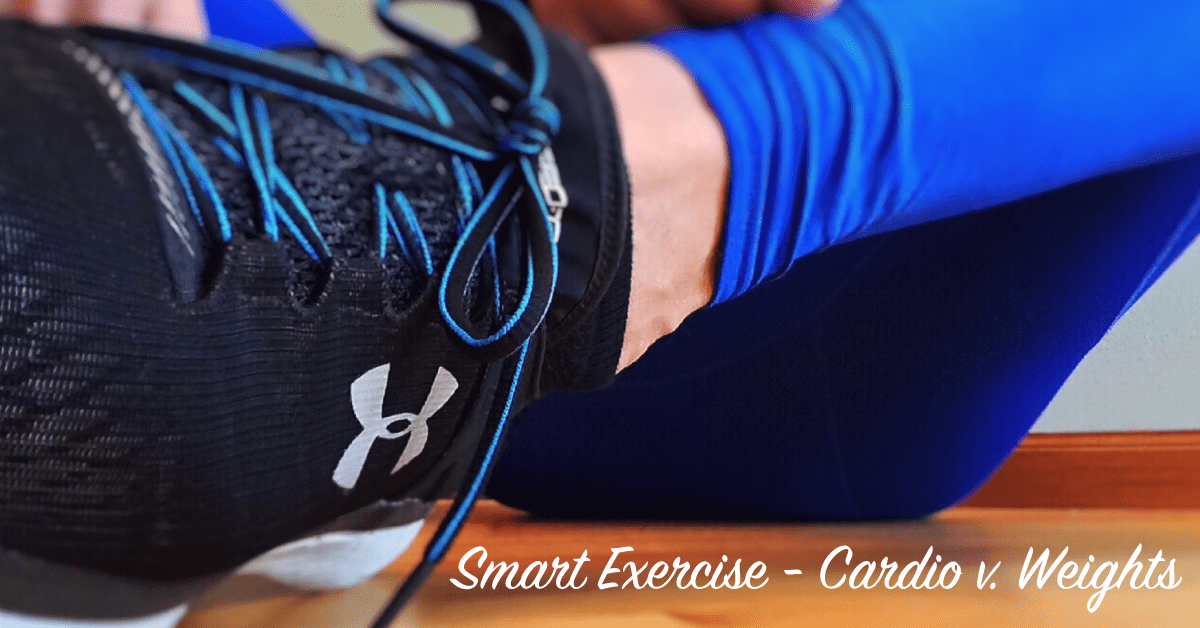You can’t out-exercise a bad diet. That being said, exercise is a big part of a healthy lifestyle. According to statistics, more than 55 million Americans held a gym membership in 2015, however, most people are not maximizing their time and end up not seeing the changes they were hoping for. The end result is a failure to continue going to the gym and wasted money.
The biggest obstacle most people face is not understanding how to make the most of their time by exercising correctly. Let’s break it down by examining the most common types of exercise.
WEIGHT/STRENGTH TRAINING
Weight/strength training is often overlooked or avoided by women, but it’s is one of the most important additions you can make to your workout routine. Starting at about the age of 35 muscle quickly begins to deteriorate unless you work on countering those effects. A few other benefits that weight training offers is increased glucose stores in your body, possibly helping to treat type 1 and type 2 diabetes, among several other “metabolic” diseases (heart disease, stroke, and osteoporosis). But what people will be most impressed by is that weight/strength training increases the human growth hormone in the body (this is the hormone that tells your body that it’s young), thus having an anti-aging effect. If anti-aging isn’t a selling point for you, then you can also sleep better knowing that you will continue to burn calories for approximately 36 hours after your training session. So while strength training may not burn as many calories as a cardio session, you will reap the benefits for almost two days after!
CARDIO
Cardio definitely plays a part in your overall health. Cardiovascular exercise burns lots of calories while you are doing it, but when you stop moving, you stop burning calories too. Cardio exercise also builds endurance, contributes to a healthy heart, increases metabolism, releases the “feel good” hormones in your body giving you an immediate mood booster, and helps with recovery from DOMS (delayed onset muscle soreness) that you may have gotten from a tough workout a day or two prior. While there are many benefits, limiting yourself to a cardio-only workout routine can be harmful and counter-productive. Long bouts of cardio can lead to muscle loss, cellular damage, and aging. So, don’t think that long distance running is the key to longevity and looking younger. The best form of cardiovascular exercise is high-intensity interval training (HIIT) or burst training. This involves getting your heart rate up for 30-60 seconds, then resting for 90 seconds, and doing this for 5-7 rounds. This helps build muscle, speed, and endurance, along with all the other cardio benefits.
Exercise is a broad area, too broad to really cover everything in a short article. But overall the best way to ensure you meet your goals is to plan ahead, follow a program, mix cardio and weight training, allow your body enough time to recover, and, most importantly, follow a healthy diet to maximize your time and your results.
The last thing I want to mention is to caution you on overtraining. There are many different opinions on this, and everyone has different needs. Listen to your body. If you are following a program and you begin feeling tired rather than energized after your workout, get sick frequently, or feel like you can’t muster up the energy or desire to go to the gym or complete a workout, then you may be overtraining. Take a day or two off, sometimes the biggest results are made during your recovery period.
TitleSmart, Inc. offers some of the best benefits within the industry. If you’re looking to join our team, please take a look at our current job openings at https://title-smart.com/about-us/careers/


